João Melo is 14 years old and discovered that he has type 1 diabetes in 2016. Until three months ago, his daily life was conditioned by insulin injections, but he gained a «pocket pancreas» and with it a «more normal life» , more similar to what I had before having diabetes».
The “pocket pancreas”, as he calls it, is an insulin pump that was placed in the Hospital de Faro, the only Continuous Subcutaneous Insulin Perfusion Treatment Center located south of Évora. The recognition of the Algarve Hospital and University Center unit as a specialized center took place in January 2018 and, since then, insulin pumps have been fitted to 24 children and adolescents.
In the case of João, who plays basketball at Bonjoanenses, from Faro, the insulin pump is only removed during training and games. This, by the way, was his main concern when he learned that he was going to have a device that should always be attached to his body. “When I put the bomb on, I was afraid I wouldn't be able to play basketball, but I play a lot. I remove the bomb in training and in games. Before the game, I inject the equivalent insulin with the pen», he explains to the report from Sul Informação.
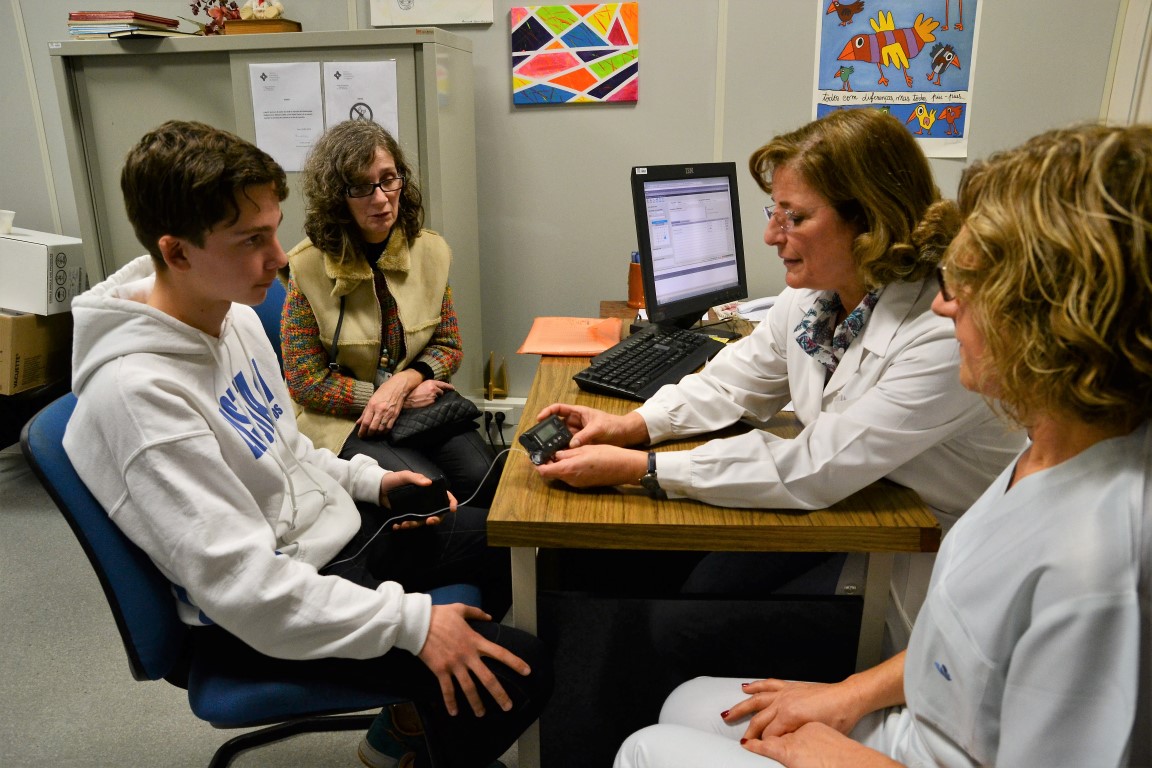
Also for Cláudia Melo, João's mother, the insulin pump helped to better cope with her son's illness. “I'm more rested, despite being very careful and always having the best values. In two years, he has never “took the doctor's ears”, he jokes, before leaving praise for the team that accompanies the young man: “the team is exceptional: from doctors to nurses”.
Margarida Minhalma, 10, also "can't sit still": she dances, swims and plays tennis and has had an insulin pump in place for about a month. The adaptation to life with less “picas” has gone well. “A lot has changed. Values have been better. Before, she was very embarrassed about having to use her pen at school or in front of other people. Now she is less frustrated», says mother Joana Gregório.
More shy than João Melo, Margarida agrees with her mother's words and confirms that her life “is easier” and that she is “very happy” with the insulin pump.
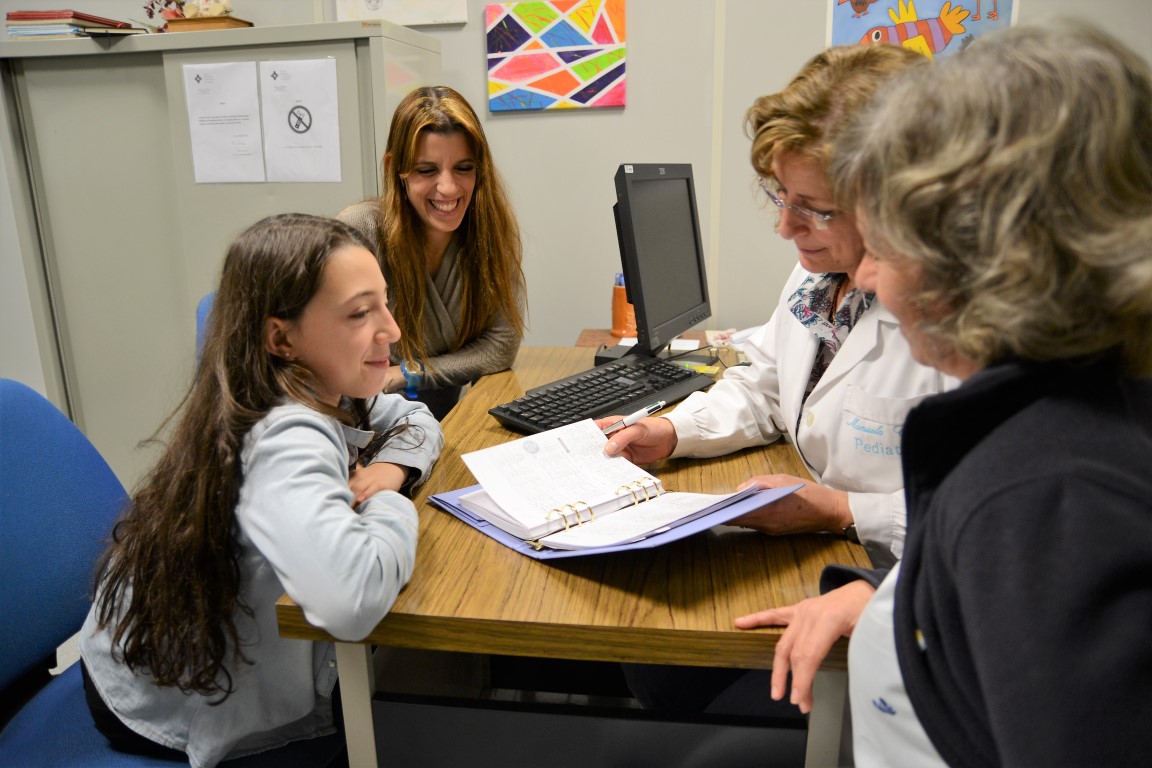
The discovery that Margarida suffered from diabetes happened about three years ago and, says Joana Gregório, “it was not easy”. «Our daughter always liked healthy eating, always accompanied her meals with salads and we thought that diabetes was caused by her lifestyle. We didn't know about type 1. We got a little lost», he remembers.
Now, the insulin pump has come to help Margarida to have "a normal life" and the fact that the Hospital de Faro being able to apply and follow up “it's much better for the families, we have support at hand here”.
The proximity of people with diabetes in the Algarve is one of the main advantages highlighted by the pediatrician Manuela Calha, the coordinator of the center, who is part of a multidisciplinary team made up of doctors, nurses, a psychologist and a nutritionist.
“From a practical point of view, by becoming a center, the main advantage is that families do not have to move to Lisbon. We have to teach how to use the pump menu and anticipate some situations. So, before we plant a bomb, we have to take a course that sometimes lasts a week. Then, we have to follow up in consultation, at an initial stage, every three days. We have to have contact between the patients and the teams, so that, if there is a problem, it can be clarified. With proximity, everything is easier. Before, people used to go to Lisbon and there were patients who were hospitalized when they were going to put in the insulin pumps», explains the doctor.
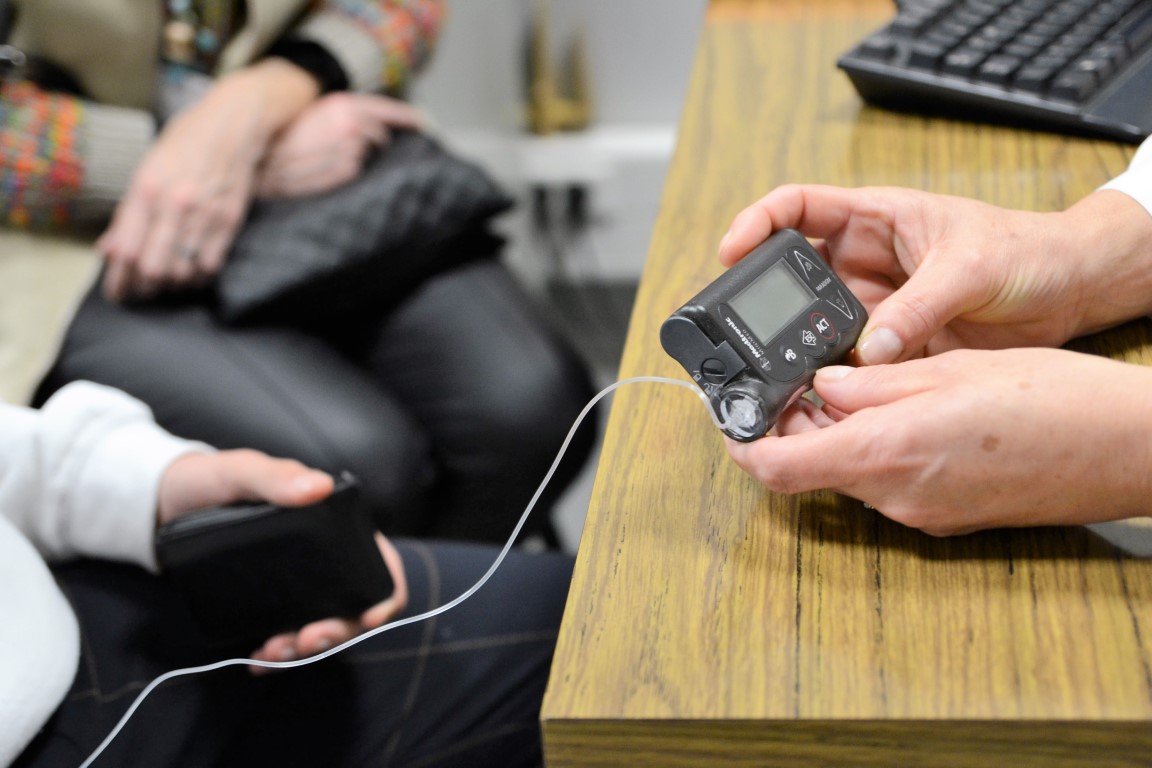
Manuela Calha says that, for CHUA to be considered a treatment center, "it is necessary to comply with certain criteria, it is necessary to apply and have experience in all procedures for placing insulin pumps."
The placement of insulin pumps on patients is guided by the General Directorate of Health: “patients are registered on a platform at national level and then the pumps are distributed to the various centres”.
In the Algarve, the first bombs arrived in June «and we are only putting them in this semester. We had the collaboration of Dr. Ana Paula Gonçalves, chairman of the Board of Directors of CHUA, who made efforts so that, this year, we would have insulin pumps, since there was no usual schedule for attributing pumps from one year to another».
So far, “we have received 29 insulin pumps and we already have 24 children with pumps on. They are children and teenagers aged up to 18 years». The process for receiving an insulin pump involves, firstly, "inscribing the children in the database and, as we receive the pumps, we assign them to the patients".
According to Manuela Calha, insulin pumps allow “a diabetes control much more similar to a person who does not have diabetes. No pen required. It's a small machine, smaller than a cell phone, that works like a computer, and allows you to program the amount of insulin to be administered, every hour, and in small amounts. In pumps, we can adjust values up to a hundredth of a unit, with pens we can only manage up to half a unit».

In addition, highlights the pediatrician, “we can also adjust according to meals, according to what the person eats and physical activity. It is possible to program, in a meticulous way, everything that the patient does during the day. And it also allows you to assign the amount of insulin that best suits each person's needs».
While insulin pumps can be an improvement for many diabetics, they are not for everyone. “They are especially suitable for small children, who need very small amounts of insulin. In addition, they are suitable for people with flexibility in their lifestyle, because the pump is more flexible than the pens. It is also necessary that those who have the bomb carry out self-monitoring. It is necessary to do tests, several times a day, to determine blood glucose. There has to be self-control and not everyone has a profile. These are criteria that are well defined in the DGS standards».
Insulin pumps have a cannula, which is a kind of catheter, “and are placed in the belly or gluteal area. These are the most conventional places». Afterwards, patients must walk for 24 hours with the pump, except when taking a shower, or having physical activities with water, or physical contact.
"Another advantage is that, with insulin pens, people generally have to make 5 to 6 injections a day, with the pump, they have to change the catheter every three days and avoid all the bites", adds Manuela Gutter.
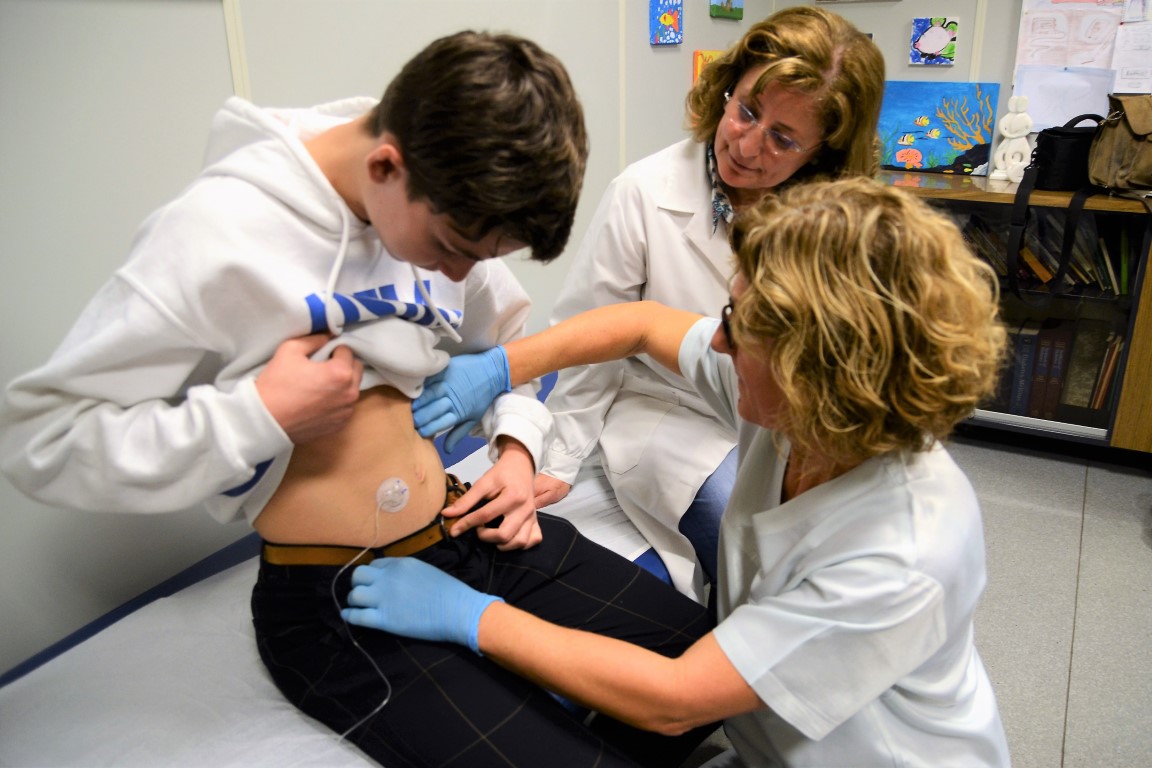
Although, for now, CHUA only places insulin pumps in children, “this center is for everyone, children and adults. We started this year, in July, and at the moment, we only put it on children. However, there is a team that has been formed and that will continue to monitor children who become adults and there will also be the possibility of placing them in adults. However, the number of pumps available for adults is much lower», explains the pediatrician.
A treatment center in the Algarve has yet another advantage: “the fact that we are a tourist region often brings us here people from other parts of the country and abroad who have insulin pumps and who need some kind of support. Cases of these have already emerged and now we can do this follow-up».
In addition to Manuela Calha, Elsa Pina, coordinator of the Diabetology unit, who «has been my great influencer for four or five years now, are involved in the project», Guida Gama, also a pediatrician, Isabel Santos and Cristina Mendonça, nurses, «that were companions on this journey from day one», Célia Lopes, nutritionist, and Laura Nunes, psychologist.
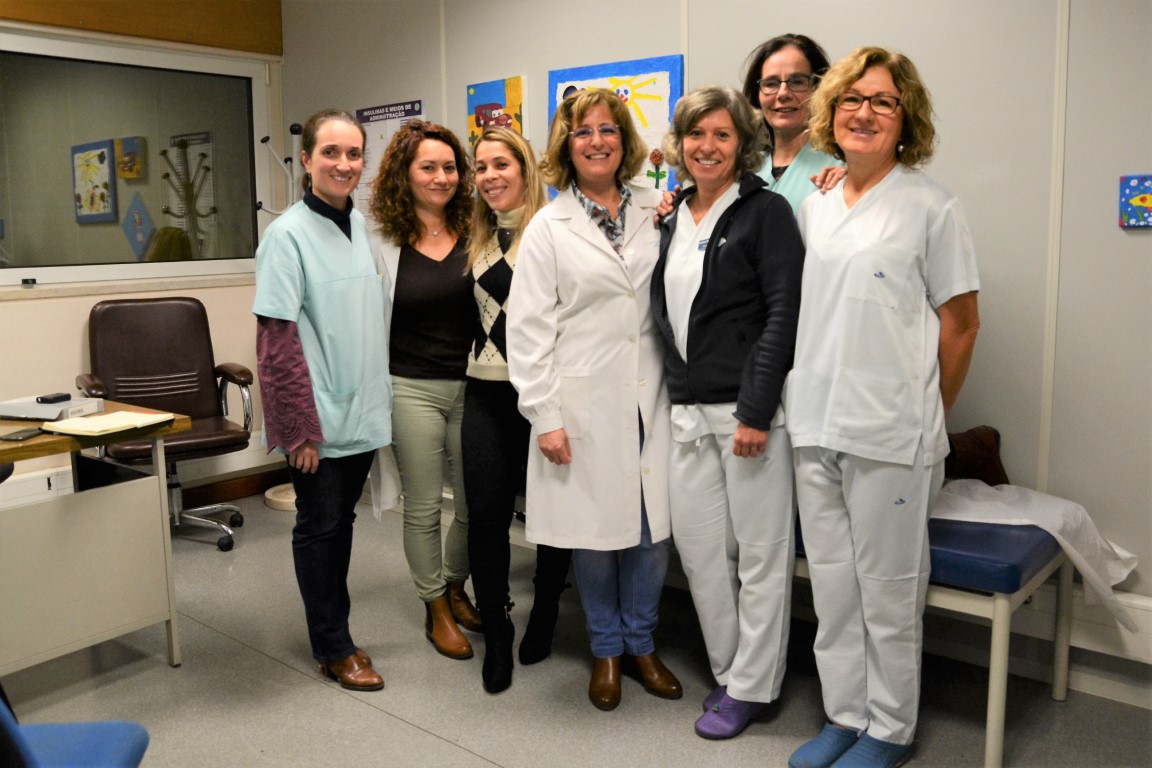
The fact that the work is done by a multidisciplinary team is important because, «to place the pump, several procedures are necessary: there is a technical procedure, which is nursing, there is pump programming, with the creation of profiles of health needs. insulin from patients, which is very medical. Then, the food part is fundamental and, finally, in everything that involves a chronic illness, which involves changing habits, and in which there are different moods, the psychologist is essential».
Elsa Pina, who also spoke with Sul Informação, highlights the role of Manuela Calha who «walks in an invisible struggle for years. It has been the driving force behind it all. Preparatory work required a restructuring of the unit'.
Recognition of the Hospital of Faro as a treatment center «it was the culmination of a struggle that took several years» which now makes life easier for diabetic children in the Algarve.
Photos: Nuno Costa | Sul Informação
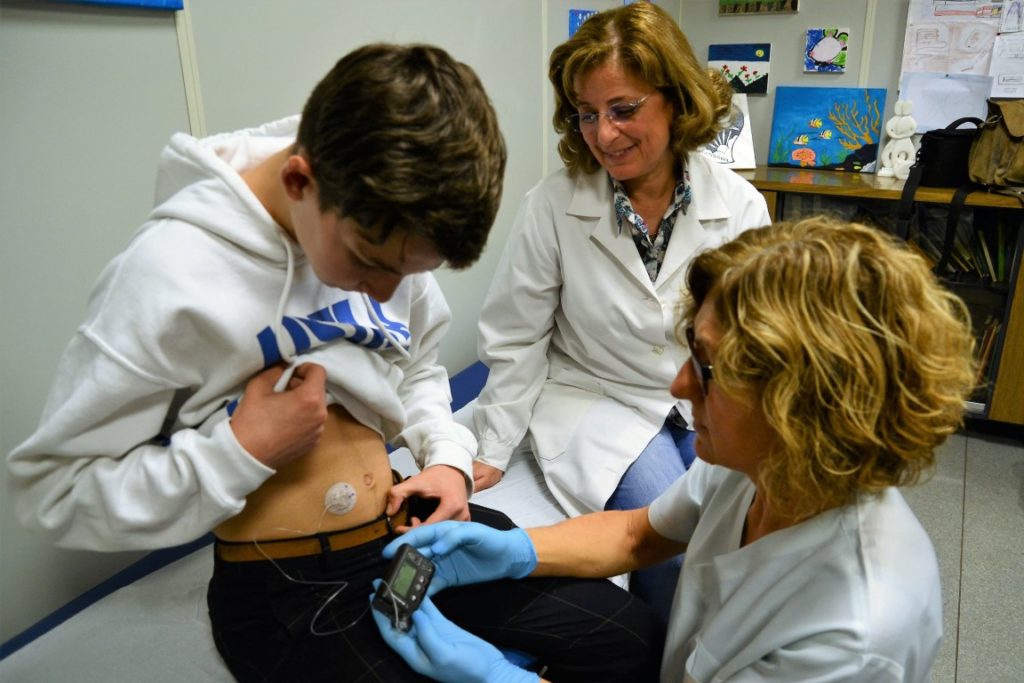


















Comments